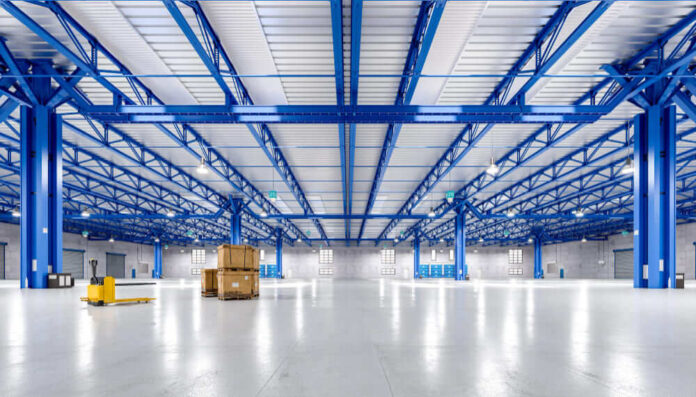There is an increasing demand for storage space, which is putting pressure on warehouse owners to optimize the space they have, as well as allowing them to have the opportunity to grow their business.
However, not every warehouse owner has the funds or the capacity to extend their warehouse space. If you are also facing space shortages as a business owner, one of the options you have is to try and look for another unit.
But this may mean splitting your operations across a few sites or perhaps going through the upheaval of moving your operations completely to another area. This in itself can cause great upheaval when it comes to moving operations and sourcing staff willing to travel to the new site.
However, there are some lifting and loading solutions that you can implement within your current warehouse space to optimize your storage without having to go the stressful and costly route.
Effective Options to Consider to Solve Warehouse Space Problems
#1: Using vertical space
If your racking is always full and you’re constantly shifting loads to fit others into tight areas, you will certainly need to improve your warehouse capacity. However, this doesn’t have to mean growing outward.
If possible, it may be an option to use the dead space above your current racking system. By installing a mezzanine floor, for example, you may be able to even double the footprint of your current space, allowing for an increased capacity.
However, this is not the only way to use vertical space in your warehouse. By employing innovative vertical stacking systems, and lifting equipment, you may be able to access more of the space above your current racking system.
The beauty of having either a mezzanine or a new racking system is that your warehouse space can usually remain operational while this is done. That means you would not likely disappoint customers, or completely reduce your capacity while changes are being made.
Furthermore, getting the right mezzanine floor lift or lifting equipment means you don’t have to take up much of your lower ground footprint with staircases.
#2: Installing flexible storage solutions
Adaptable racking means you can quickly change the configuration of your warehouse to optimize the storage space you have.
For example, adjustable racking will allow you to store more goods, more efficiently, leaving less dead space in your racking.
#3: Using warehouse management systems
Technology has evolved within the warehouse and it is possible to now plan your loads and where they are going to go in your warehouse to optimize the space you have.
This can also keep track of your inventory, meaning that you are not ordering in more stock earlier than you need to. This will allow your warehouse to consistently operate at optimal levels.
#4: Space-saving lifting and loading equipment
It is no longer necessary to have to install bulky lifting and loading equipment that takes up a lot of your warehouse footprint.
It is entirely possible for you to employ loading solutions such as scissor lifts and vehicle-to-ground loading solutions that will help you optimise the space but still allow you to access all vehicles and all parts of the warehouse.
#5: Sustainability matters
It is important to note that by not extending your warehouse footprint outwards, and instead, using vertical space along with the other solutions we have suggested, you can improve your capacity whilst meeting sustainability goals.
This is something important to many businesses, big and small, in the logistics industry, and often something considered when choosing a storage provider.
Final Note
Simply put, if you are struggling for capacity, know that there are options available to help you improve it without having to move. If you’d like to explore what options you have, speak to a reputable warehouse loading and lifting expert, who could provide a customized solution for your needs.
















